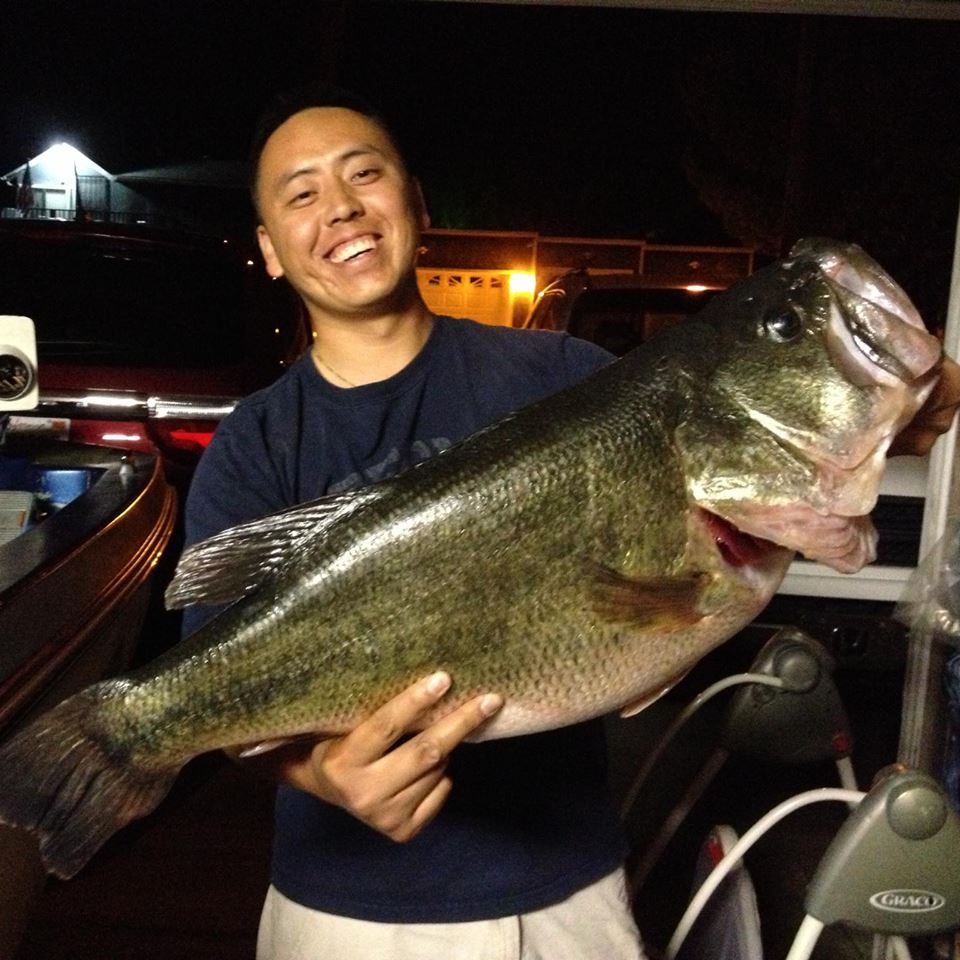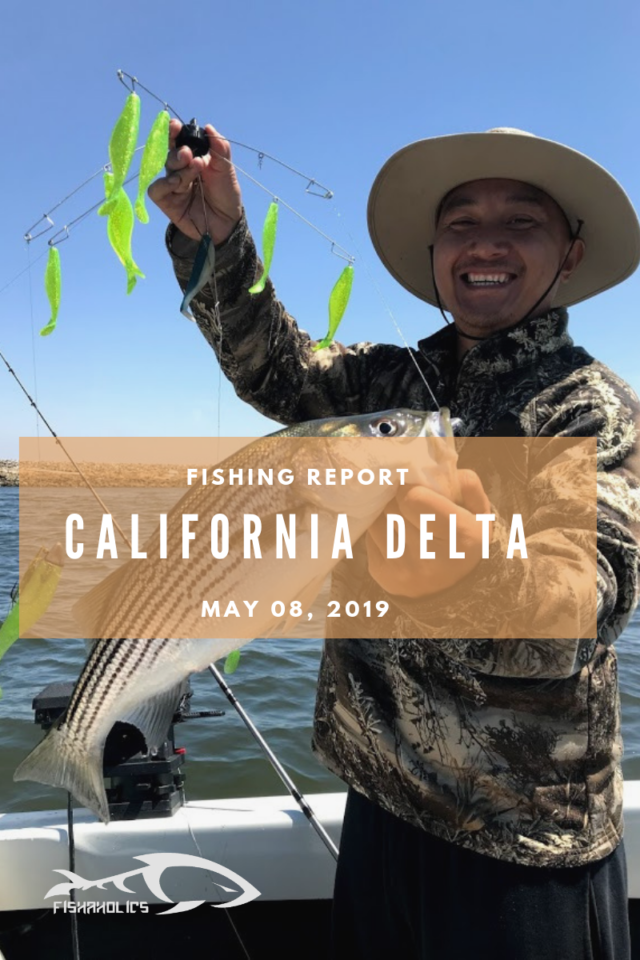
Fishing Report: California Delta May 8, 2019
It’s been awhile since I’ve written on here but here’s my fishing report from a recent trip. The day before, I checked the wind finder app and it said the wind was low. Maximum gust would be around 8mph. I thought great! Going to be an awesome trip.
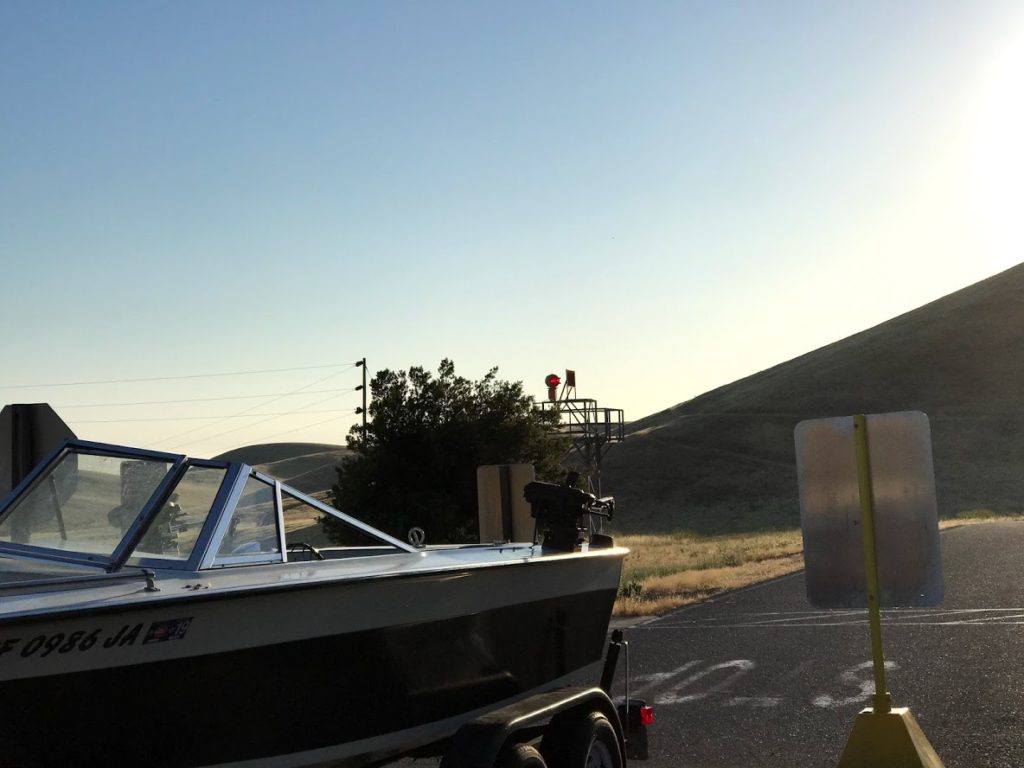
I get to the lake with my buddy Zer. Pull up to the Kiosk for a boat inspection and the first thing the gate attendant tells me is,” Sorry, the lakes closed due to high winds.”
I was upset but I wasn’t going to take no for an answer. I asked her about the small lake and she said it was closed too. Double disappointment.
I didn’t bring any gear for shore fishing so plan b was in store. I decided to hit the California Delta instead.
I wasn’t sure how the Delta was doing. The last time I was there was over a month ago fishing the Sacramento River just south of Rio Vista. The last minute change of plans didn’t allow me time to check the fishing reports so I decided to hit the Rio Vista area again and launch out of Brannon Island.
We started off on the Sacramento River and trolled the Tackle Builders Atlas Rigs. We must’ve spent an hour or two going up and down the river. Didn’t even mark a fish. The place was deserted.
With no luck, we moved over to the San Juaquin River. We trolled along the levee wall for a little while and only caught one. It was slow. The one thing about the Delta I’ve learned is that sometimes you just have to keep moving to find them. And that’s what we did.
We made the trek to Franks Tract and found a few stripers trolling the Atlas Rig in the deeper channels. We fished the area for a while longer with no more takers. It was low tide by now and I figure they’d be in the main river. So we headed over to the San Joaquin River again.
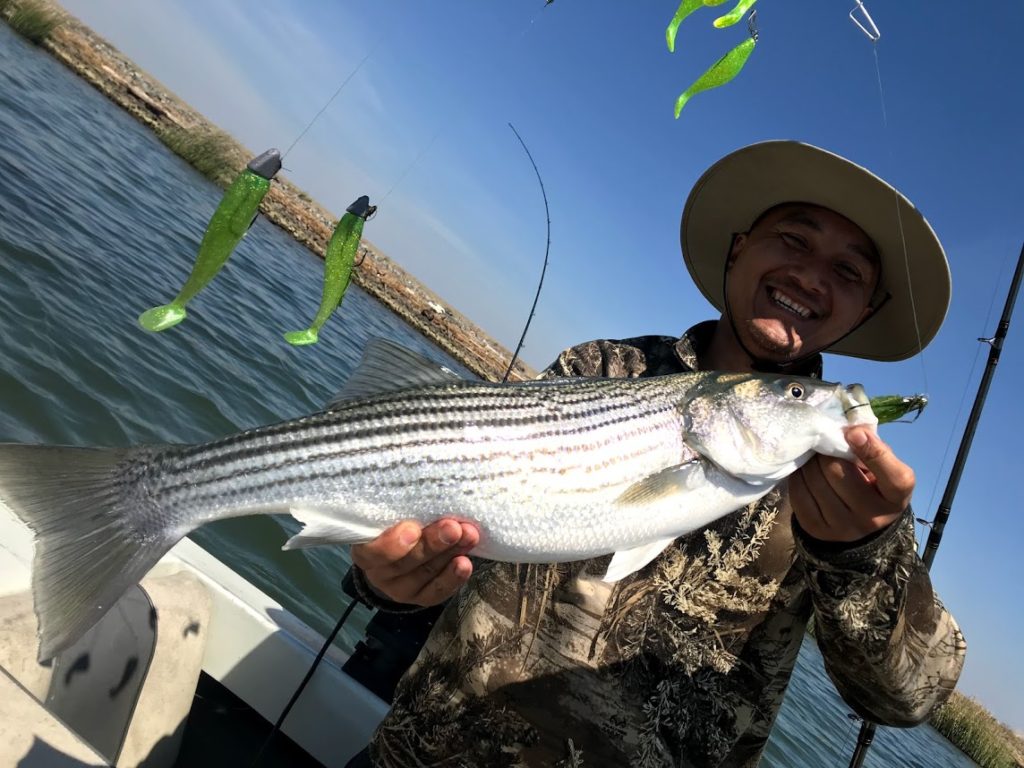
It was the right decision. We trolled the Atlas Rig along the levee wall where the smaller slough connected to the main river. They seem to be staging right at the mouth of the smaller slough.
I also wanted to test out my new fish finder. I bought the Garmin Echomap Plus 94sv a few days ago. It’s a great unit and nice upgrade from my old humminbird. The unit is a touch screen with all the basic features such as 2D, down imaging and side imaging. The biggest plus is the addition of the Panoptix Livescope. It’s an add-on to the fish finder.
The Garmin Echomap Plus 94sv and the Panoptix Livescope set me back $2,400. Yikes! But it was worth every penny.
Most fishermen use Livescope for jigging underneath the boat or casting in front of the boat. What I really wanted to use it for was trolling. Since the Panoptix Livescope allowed me to look away from the boat. I made a holder out of PVC pipe that allowed me to rotate the Livescope transducer and aim it behind the boat. This allowed me to see the Atlas Rig and how the fish reacted to the rig.
So throughout the trip, I’d see fish come up from the depths and check out the Atlas Rig trolled behind the boat. Seeing how the fish reacted in real time was a big plus. I was able to adjust on the fly. If multiple fish checked out the Atlas Rig and did not strike, it was a sign that I had to change colors. If the fish were coming up and looked like it swiped at the Atlas Rig, it show they were short striking. Which meant I had to add a trailer hook.
The unit allowed me to constantly adjust to the situation. Something I couldn’t do using traditional sonar or at least effectively. Sometimes I’d see nothing on the 2D sonar but they’ll appear on the Livescope chasing the rig.
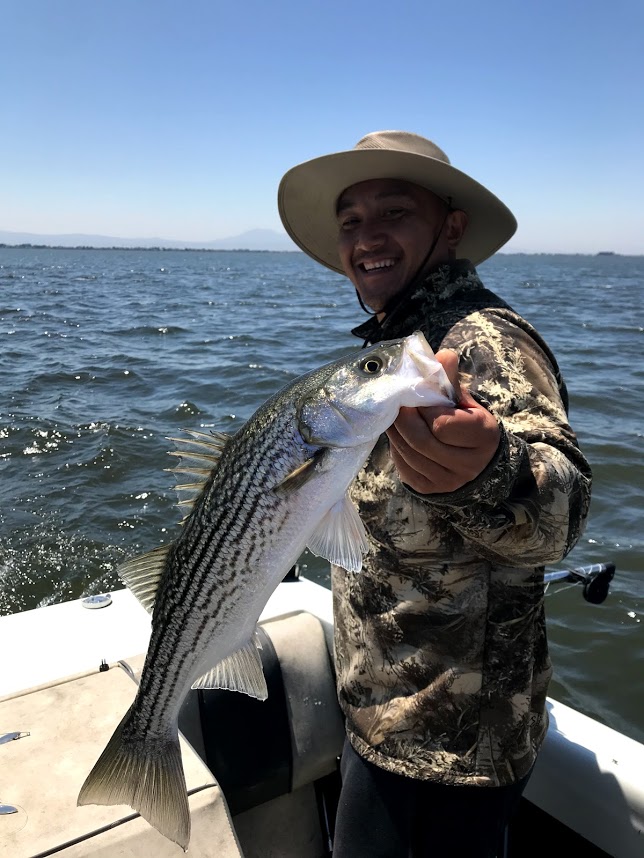
I’m still new to using the Panoptix Livescope but I think it’s a powerful addition to the arsenal. You could say it’s a game changer once I get it dialed in.
As we were trolling the mouth of the smaller slough where it connected to the main river, we saw stripers clustered in smaller schools at random intervals. They were hitting the Atlas Rig when it was at a depth of 10’. On the Livescope, you can see stripers come up from the depths and chase the rig before turning away.
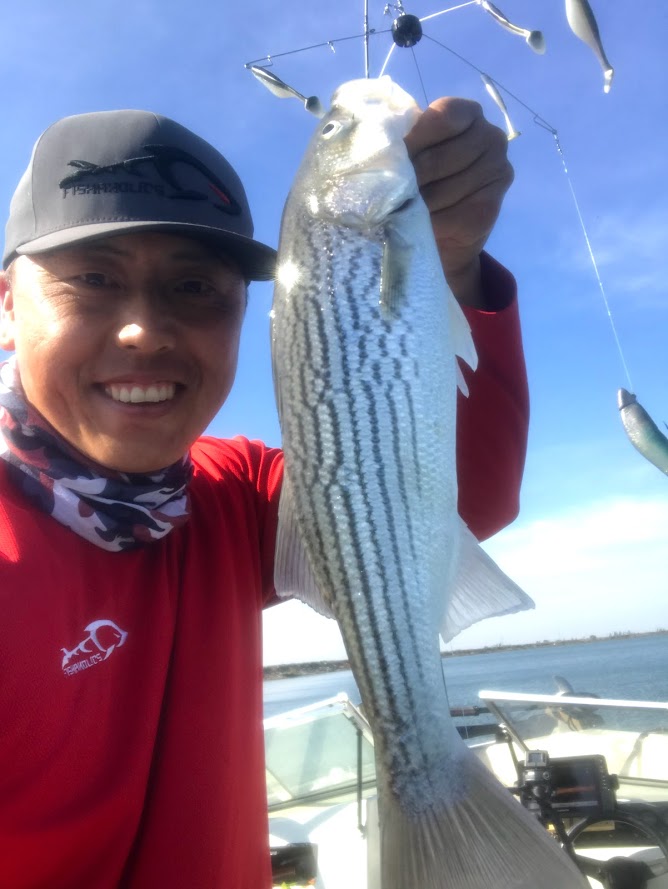
Before the addition of the Panoptix Livescope, I’d troll the Atlas Rig as close to the bottom as I could. I wanted to put the rig right in their face. This particular trip they were actively scanning the surface for food. I saw on the Livescope many stripers emerge from the depths to check out the Atlas Rig which was trolled 10’ off the surface in 15’-20’ of water. Many nearby stripers would miss seeing the Atlas Rig if the rig was hugging the bottom. This was great insight which I would never have processed without the Livescope feature.
We stayed in the San Joaquin River for the duration of the trip. We hit every point and location where smaller sloughs connected to the main river. Some were more productive than others. We ended the day with 8 fish to 27”. We released all except for 3 of the bigger ones. They were all fat from feeding and some even had eggs.
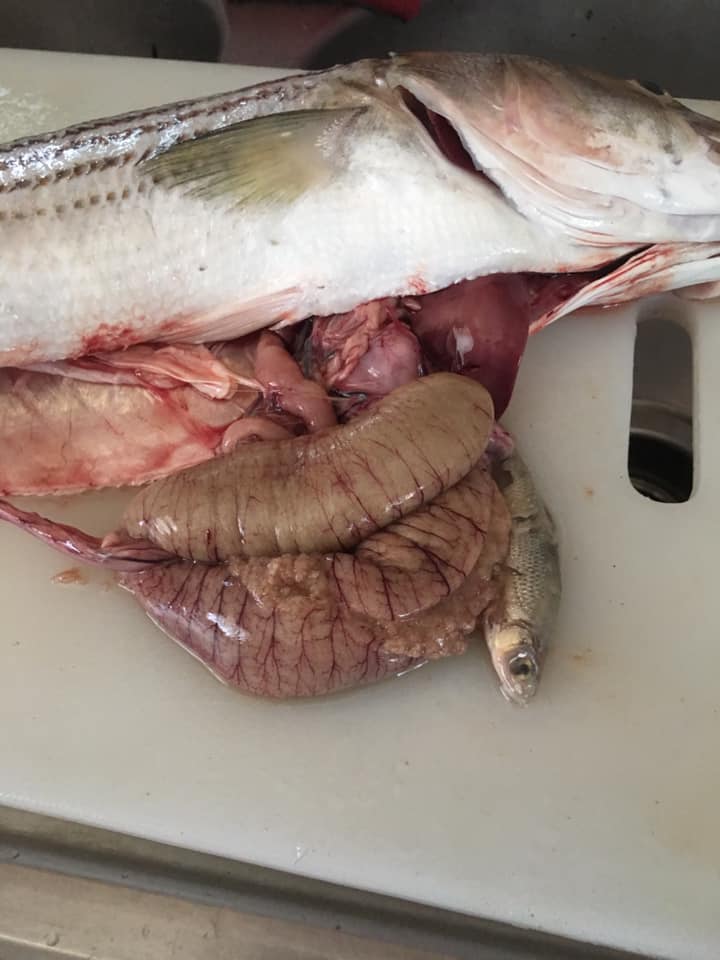
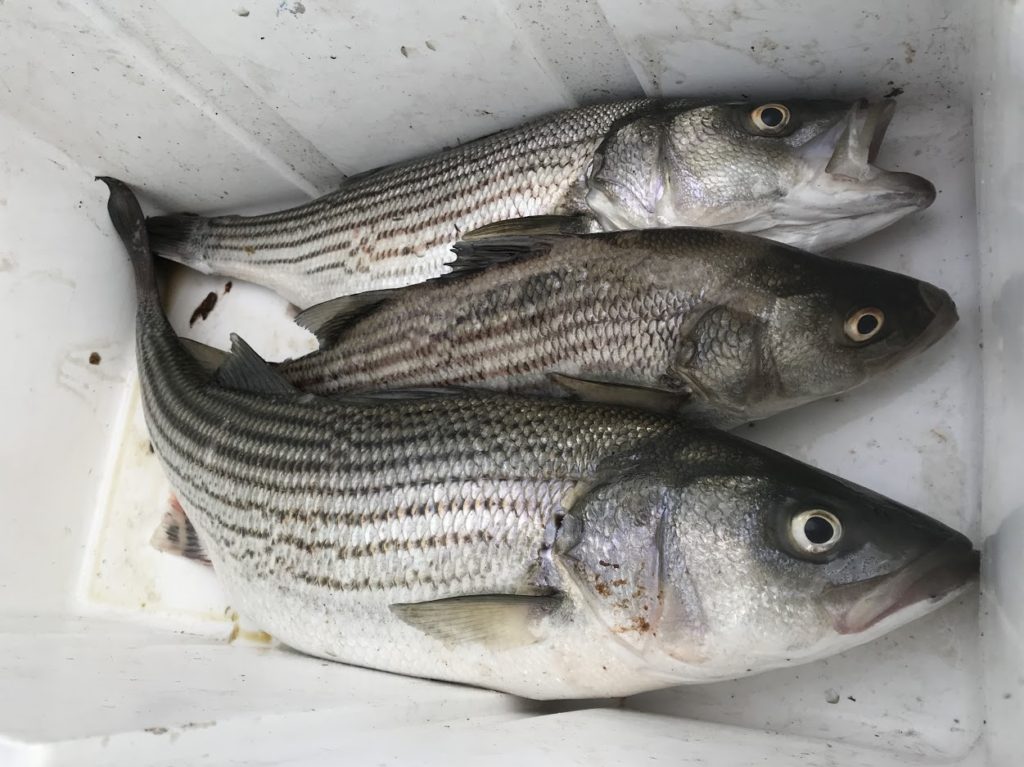
Overall, it was a tough bite. The fish there are always on the move so you have to keep moving too. Trolling the Atlas Rigs will help you do just that.
Now you know. Go get em.

